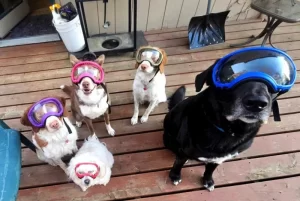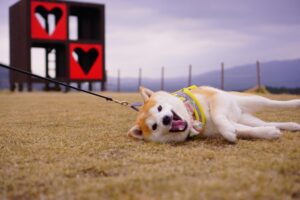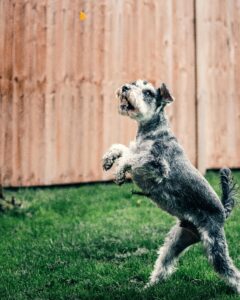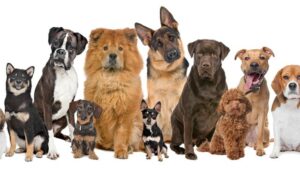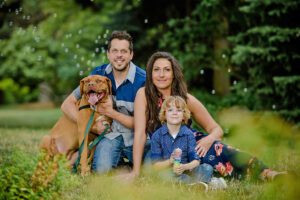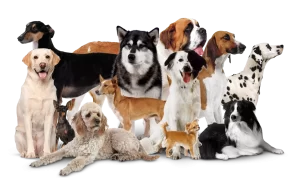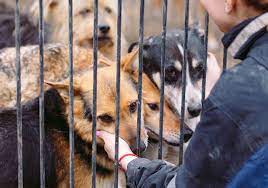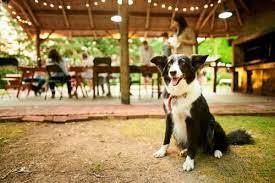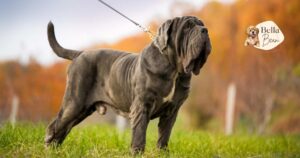Table of Contents
ToggleIntroduction
Some dogs are eager to please and catch on quickly, while others march to the beat of their own drum. Breeds with strong instincts or independent streaks can make training more of a challenge, but that doesn’t mean they’re any less lovable or rewarding as companions. It often comes down to what a breed was originally developed to do — natural instincts and temperament play a big part in how quickly a dog picks up new skills.
If you’re considering a breed that’s known for being a bit stubborn or energetic, it helps to know what to expect so you can set yourself and your pup up for success. With patience and the right approach, even the most headstrong breeds can thrive in the right hands. If you’re just starting your journey in choosing a dog, you may also want to learn about the best dogs for first-time owners.
Understanding What Makes a Dog Breed Challenging to Train
Not all dogs learn in the same way—or at the same pace. Breed tendencies often play a big role, making some dogs easier to teach than others. Traits like independence, boundless energy, or what gets a dog motivated can turn even basic training into a puzzle. Let’s look at the key factors that can make a dog breed more challenging to train.
Independence and Stubbornness in Canine Breeds
Certain breeds naturally love to do their own thing. These dogs often think for themselves and rely less on direction from people. While this independence can be a sign of intelligence, it may also lead to stubbornness in training sessions.
- Breeds with a strong sense of self may question every command.
- You might find these dogs ignoring commands if they think they know better.
- This trait is common in breeds developed for solo work like hunting or guarding.
Patience and positive reinforcement work best with independent breeds. Adjusting your approach helps break through their stubborn streak. For a deeper dive into the instincts and personalities behind different breeds, visit The Incredible World of Dogs.
High Energy and Sensory Distractions
Dogs bred for demanding tasks—like herding, hunting, or guarding—often have unlimited energy and curiosity about the world around them. High-energy breeds aren’t just quick on their feet; they’re often easily distracted by sounds, sights, and scents.
- These dogs need frequent, engaging activities.
- Without enough mental and physical exercise, their minds wander during training.
- Training in a calm, low-distraction setting works best at first.
For example, German Shepherd Mix Terrier Breeds often combine sharp intelligence with a tireless drive, making consistency and patience key.
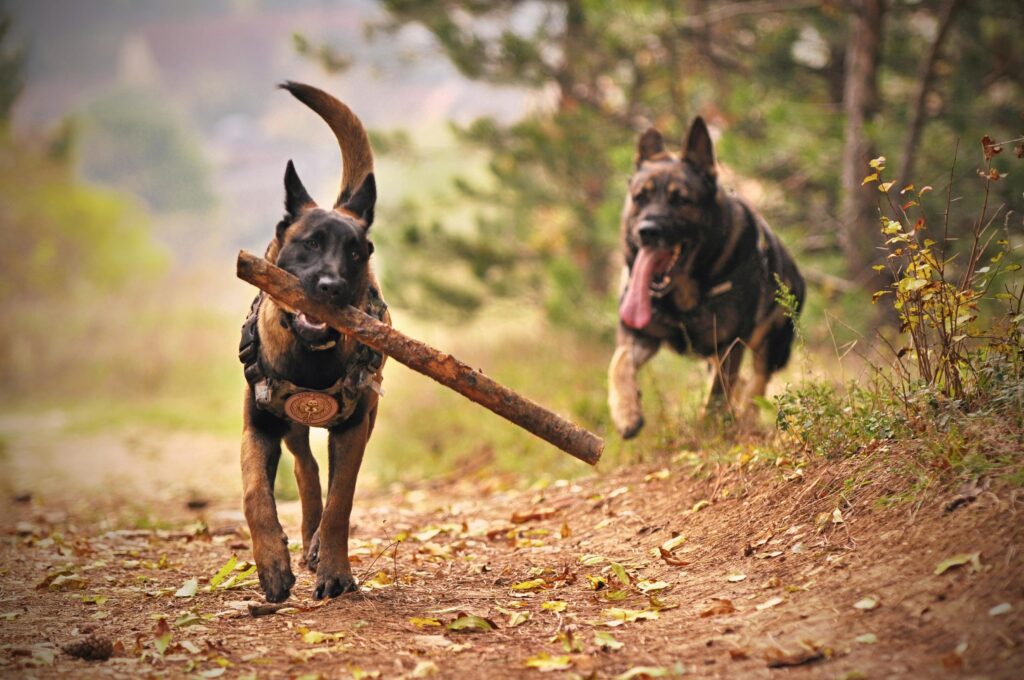
Motivational Differences: Food and Praise
Every dog has something that gets their tail wagging. Some go wild for a tasty treat, while others light up with excited praise or playtime. Breeds that aren’t food-driven or easily pleased can make training harder—they may not care much about traditional rewards.
- Scent hounds may prefer sniffing over snacks.
- Some working breeds are more motivated by toys or a job to do than food.
- Getting creative with rewards is important: try favorite toys, play sessions, or a chance to explore outside as incentives.
Matching your training style to what your dog values saves a lot of frustration. Plus, adapting your reward system can help you handle even the most determined pup.
Understanding what drives your specific dog—or breed—goes a long way in making training sessions positive and rewarding for both you and your furry friend.
Dog Breeds Commonly Regarded as More Difficult to Train
Some dogs take training in stride. Others seem to dance around every command, testing your patience and creativity each step of the way. When trainers and dog owners talk about “difficult” breeds, they’re not calling these pups bad dogs—they’re just describing how some breeds respond to learning new behaviors. Unique instincts, bursts of independence, or an unbreakable focus on fun can make training more of a challenge, but with patience, even the most willful breeds become wonderful companions.
Afghan Hound: Elegant but Aloof
The Afghan Hound often steals hearts with silky hair and regal looks, but this beauty comes with a famously independent spirit. Afghan Hounds are intelligent; they simply prefer to do things their way. Bred as hunting dogs tasked with thinking for themselves, these dogs can seem aloof and uninterested in following commands. This aloofness isn’t defiance—it’s confidence.
Training requires extra consistency and calm, rewarding methods. Keep sessions short and positive, and don’t take their indifference personally. When given space and time, Afghan Hounds shine with their own flair. For more about breeds with similar personalities, check out the lineup of the hardest dog breeds to train.

Siberian Husky: Intelligent Escapist
Siberian Huskies are adventure wrapped in fur. Smart, resilient, and famously energetic, these dogs thrive when given a job to do. Their working heritage means they’re quick thinkers but not always quick to follow orders. Huskies crave exercise—without it, they get bored, and boredom leads to mischief like escaping or ignoring commands.
- They need hours of daily exercise to stay focused.
- Mental challenges like puzzle toys help channel their intelligence.
- Recall and leash training are ongoing projects.
If you’re curious about training tips for other energetic breeds, the guide on training German Shepherd Husky mixes shares insights that often work well for Siberian Huskies too. Their playful side can be fun if you match their energy and offer plenty of activity.
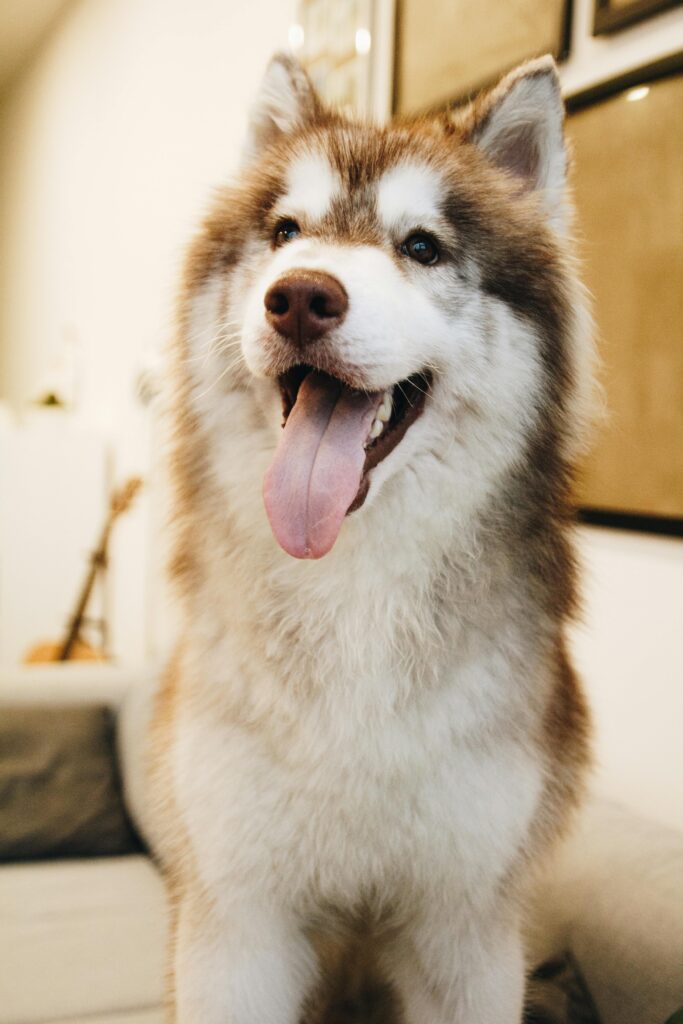
Basenji: The ‘Barkless’ but Willful Dog
Basenjis are known as the “barkless dog,” replacing standard dog barks with yodel-like sounds. But it’s their stubborn streak that makes them memorable to trainers everywhere. Basenjis are clever and resourceful—once they figure out how to get what they want, they stick to those strategies.
Their independent nature means they respond best to reward-based methods. Harsh correction backfires, while treats and games work wonders. Think of training as a collaboration, not a contest. If you enjoy the challenge of outsmarting a dog who’s always thinking two steps ahead, a Basenji will keep you on your toes.
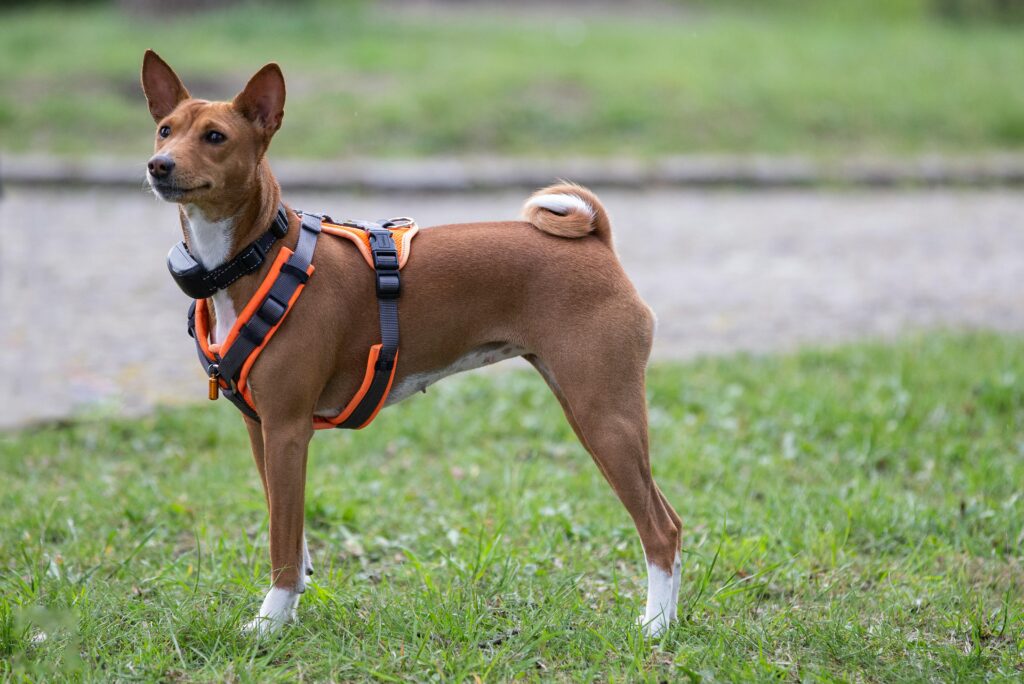
Jack Russell Terrier: Boundless Energy and Determination
Jack Russell Terriers may be small, but they pack huge personalities and an endless battery. This breed is quick, alert, and has a stubborn streak that rivals much larger dogs. Originally bred for fox hunting, Jack Russells can turn basic training into a race of wills.
- Consistent routines keep them on track.
- Short, fun sessions work better than long, repetitive drills.
- Positive feedback, coupled with play, helps them stay focused.
If you’re after more information on breeds that can challenge even experienced owners, the BARK guide on difficult dog breeds covers why some breeds, like the Jack Russell, shine brightest with stubborn determination.
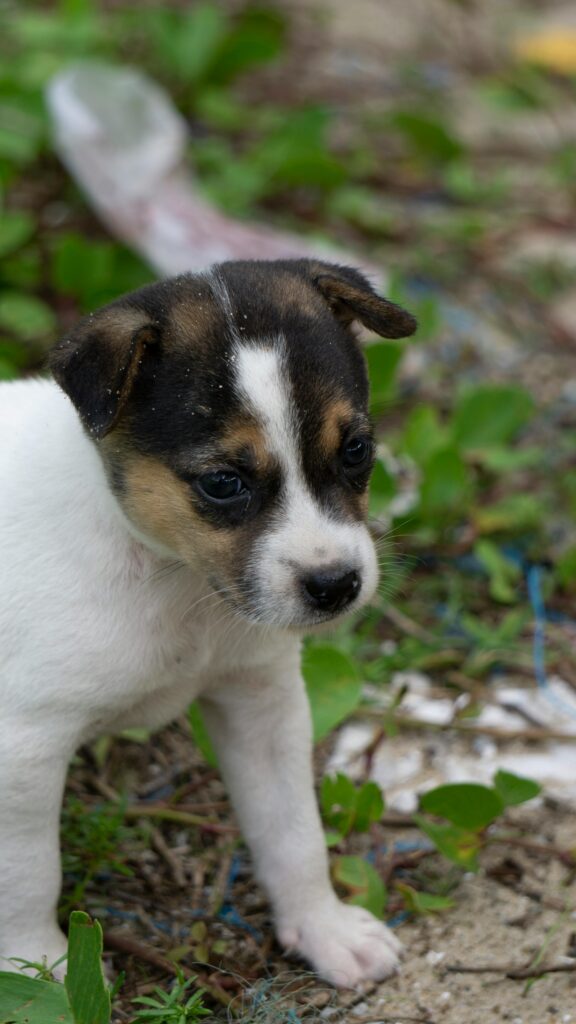
Other Notable Breeds: Chow Chow, Shiba Inu, Beagle
Several other breeds are well-known in training circles for their quirks:
- Chow Chow: Proud and independent, Chows often act more like cats than dogs. They bond closely with family but usually need extra patience to learn commands.
- Shiba Inu: Famous for their strong-willed personalities, Shibas can be adorable escapists and are notorious for ignoring recall. Reddit threads often share stories about their stubborn nature.
- Beagle: With noses glued to the ground, Beagles are easily distracted by scents. Their love of food can help in training, but their curiosity makes straight focus a challenge.
Dachshunds also deserve a mention for their spirited independence. If you want to know more about the unique hurdles of training this breed, explore the article on the challenges of owning a Dachshund.
These breeds can become loving, well-behaved companions with time, creativity, and patience. Knowing what to expect helps you build a strong, understanding relationship from the very start.

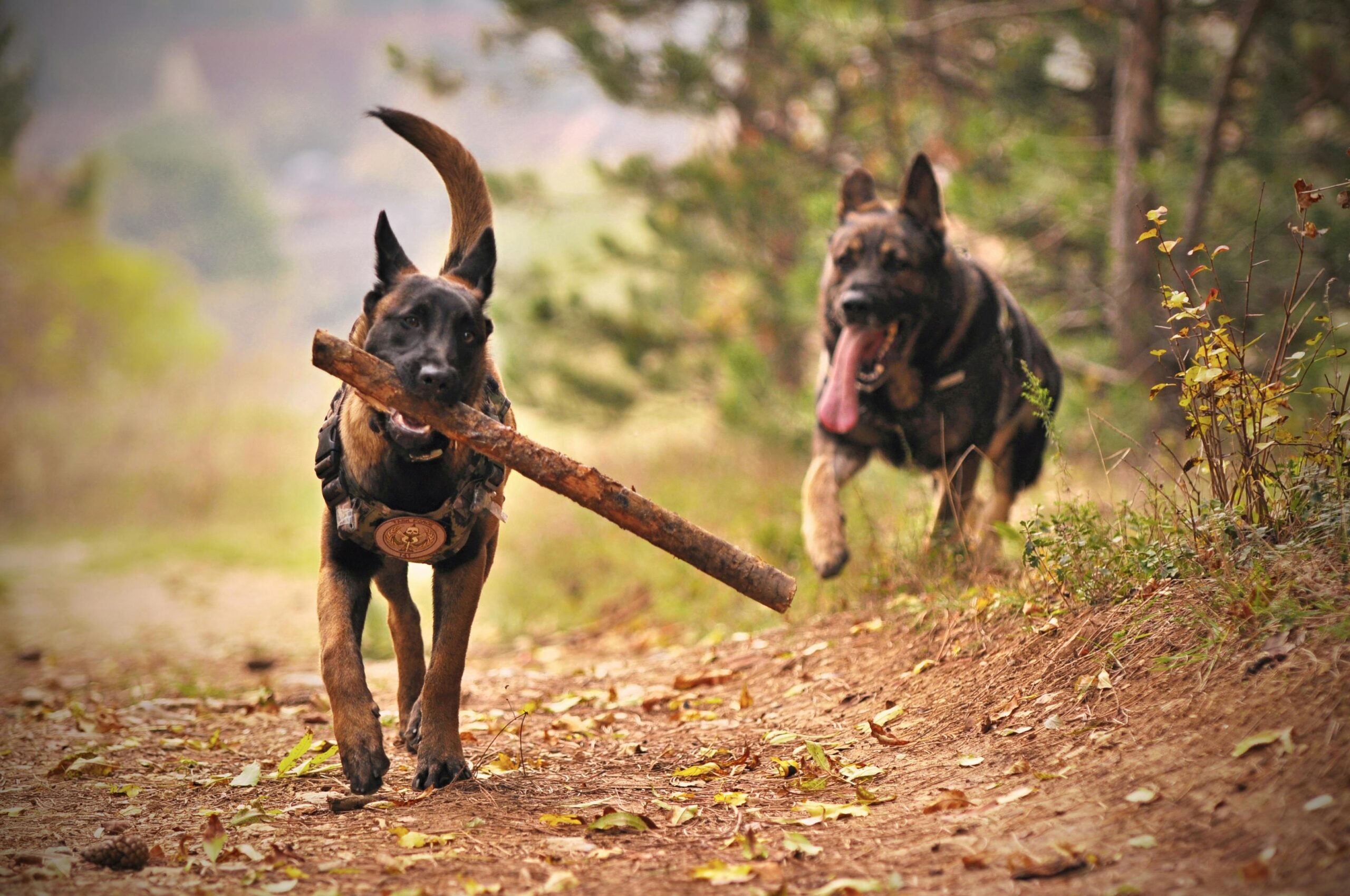
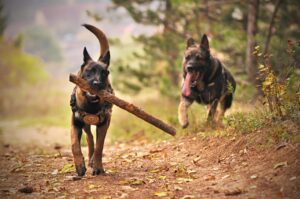



![The Ultimate Guide to Road Tripping with Your Dog [2025 Update]](https://bellabeanupdate.com/wp-content/uploads/2025/05/pexels-photo-1143369-300x209.jpeg)

